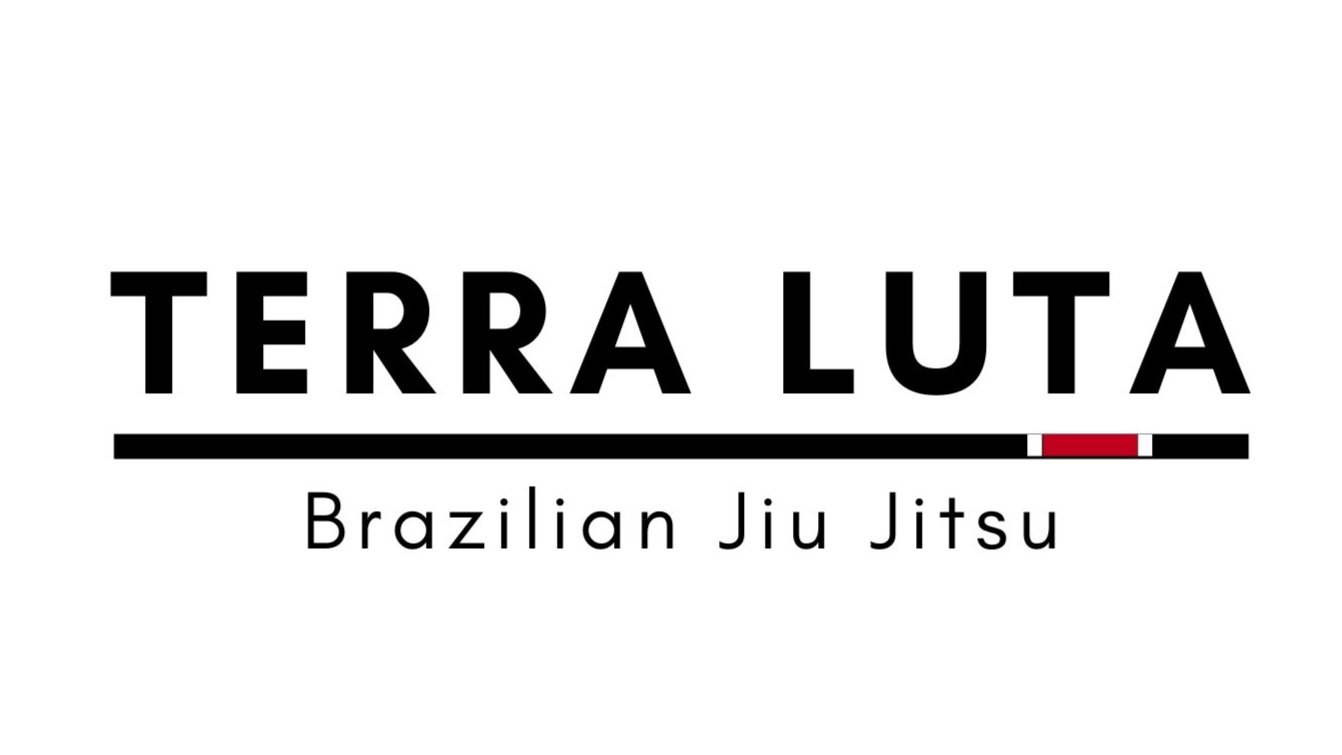The roots of Grappling, like many historical subjects, are complex and woven into the diverse fabric of human history. Each culture has been seen to possess some form of unarmed combat, a testament to our shared instinct for survival and competition. Wrestling and boxing, in their myriad forms, are common threads that bind us together across time and space.
Reflecting on this endless timeline, we might see the footprints of Ancient Greece shaping the wrestling techniques of what is modern jiu-jitsu. The Greeks, with their Olympic Games and beloved sport of Pankration, a blend of boxing and wrestling, spread their cultural influence far and wide through Alexander the Great's conquests. His influence reached as far as India, where it's believed the seeds of Jiu-Jitsu were sown.
Most historians lean towards the idea that systemised martial arts techniques sprang from India, brought to China along the Silk Road with Buddhism. The Buddhist monks, men of profound wisdom and understanding of the human body, were often attacked during their treks across India. Their spiritual beliefs prohibited the use of weapons, leading them to develop a system of self-defense using nothing but their bodies. They harnessed the laws of physics—leverage, balance, center of gravity, weight transmission, and the manipulation of vital points on the human body—to create an art of self-defense that was as scientific as it was spiritual.
Another theory suggests that Jiu-Jitsu originated in China around the fall of the Ming Dynasty, brought to Japan by a Chinese monk named Chin Gen Pinh. It could also have evolved from Chikura Karube, an ancient form of wrestling.
Grappling's story also intertwines with many indigenous cultures. The most ancient of all is that of the aboriginal peoples of Australia, who have practiced wrestling for more than 70,000 years, according to current scientific estimates. Ancient artwork depicting the sport confirms this deep-rooted history. Wrestling served multiple purposes in indigenous societies: training young warriors, providing public entertainment, and promoting peace during large intertribal gatherings. The various names for the sport reflect its rich cultural diversity. The style used by the Jinibara people of South Eastern QLD is called Ami. The common name used around Australia is Coreeda
Despite these varied origins, one thing is clear: the Japanese refined this grappling art into the sophisticated system of Jiu-Jitsu we know today, a testament to their creativity and dedication during the Feudal period.
Jigoro Kano is the creator of Judo, a blend of these Japanese Jiu-Jitsu styles which were originally developed by the Samurai clans. Mitsuyo Maeda was a student of Kano's. He spread Kano’s jiu-jitsu style globally by doing demonstrations and taking challenge matches. In this time Maeda began developing his own style due to exposure to western wrestling and boxing in the challenge matches.
In 1917, Carlos Gracie started learning 'Kano jiu-jitsu' after watching a demonstration by Maeda in Brazil. His adaptation, Gracie jiu-jitsu, focused on ground fighting and leverages. Another Brazilian lineage via Luiz França, represented by Oswaldo Fadda, also learned from Maeda and promoted Brazilian jiu-jitsu with a focus on footlocks. All BJJ branches in Brazil trace their roots back to Maeda.
The journey of grappling illuminates the shared human experience across time and space. Its evolution serves as a reminder of our common roots and our collective strength, resilience, and creativity. As we continue to practice and refine these arts, we carry forward the legacy of our ancestors, honoring their wisdom, courage, and spirit.
- Coach Carney







